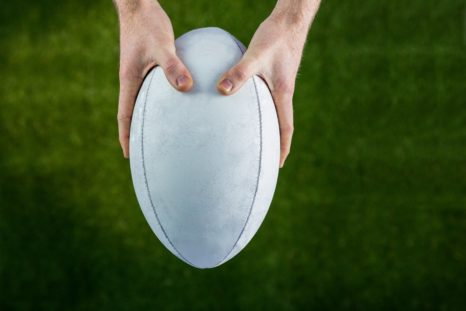The Impact of the “tricks” Used in Rugby Collisions
Simon Moyes discusses the recent news about the increase in the number of rugby players that have been forced to retire due to injury recently.
You may have seen the recent news about the increase in the number of rugby players that have been forced to retire due to injury recently – and this does bring to question the safety of the collisions in the game. Rugby injuries are becoming more common and more serious and we are really seeing the consequences.

We are particularly seeing increased incidences of severe shoulder injuries, knee injuries and ankle injuries – and this is something I work with frequently.
As injury rates rise, so does the risk of players accumulating multiple micro-injuries, which can pre-dispose them to early osteoarthritis of various joints – leading not only to early retirement but also to debilitating physical conditions.
I think the main reason behind this recent increase is the training – the game is becoming more and more elite and players are constantly in ‘sleep, train, eat’ mode. They are getting bigger, stronger and faster, and that means when they collide, there is more power and kinetic energy – making these collisions more likely to result in injures.
There are unfortunately certain ‘tricks’ that are used in by players as they are coming into a collision to make the opponent’s potential injury more severe. Typical examples of this would be pushing down on the top of the back of an opponent’s shoulder as he is coming in for a tackle – this would make the shoulder more likely to dislocate or the tendon tear. Similarly, players are also known to use direct impact to the lateral/outer aspect of the knee just below the joint line to evoke further damage – this can produce a fibula fracture or injure the common peroneal nerve here resulting in a ‘dead leg’.
To try and minimise the severity and frequency of injuries, I think a general ‘straw poll view’ of the potential ways for reducing injury rates would be necessary – this would improve the techniques used by players when colliding. The only other idea would be for the referees to be more alert to some of the tricks used to exacerbate injuries.
Simon Moyes is an internationally renowned orthopaedic surgeon and leader in the field of arthroscopic (keyhole) surgery. His Capital Orthopaedics team works from The Cromwell Hospital in London, with its state-of-the-art diagnostic and surgical equipment, and top sports medicine professionals.
